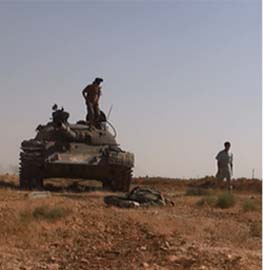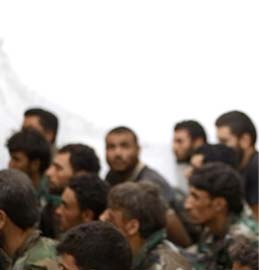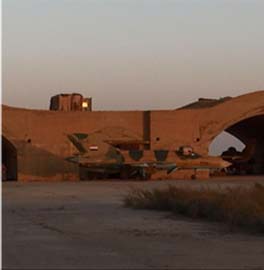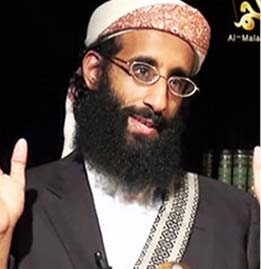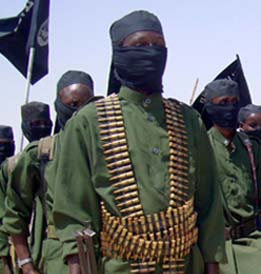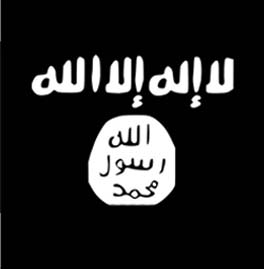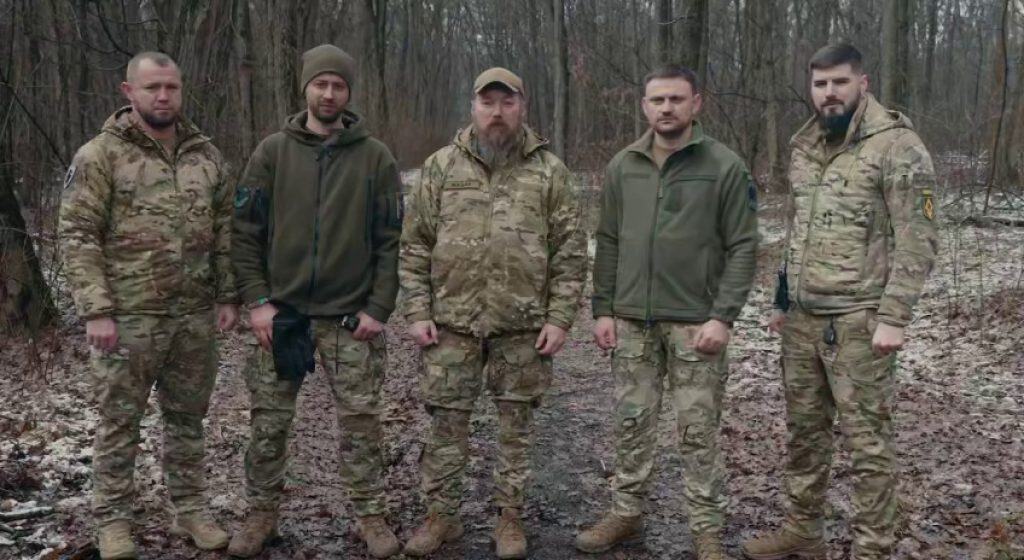
On February 9, Ukrainian Defense Minister Rustem Umerov announced a new initiative to expand some of Ukraine’s most capable drone units and replicate their strengths across the force. Amid a shortage of infantry, Kyiv is leaning on growing unmanned aerial systems (UAS) units to serve as a force multiplier in support of ground troops.
Umerov declared that the initiative, dubbed “Drone Line,” aims to “scale up the experience in effectively eliminating the enemy.” The project will focus on expanding the “best” drone units within the Ukrainian Ground Forces and State Border Guard Service and disseminating their experience to other units, Umerov and the Ground Forces explained.
The minister specified that the initiative’s “first phase” will involve five elite units, all of which recently announced they are expanding:
- The 20th “K-2” Separate Unmanned Systems Regiment, formed in late 2024 on the basis of the 54th Separate Mechanized Brigade’s “K-2” mechanized battalion
- The 429th “Achilles” Separate Unmanned Systems Regiment, formed earlier this year on the basis of the 92nd Separate Assault Brigade’s “Achilles” UAS battalion
- The 427th “Rarog” Separate Unmanned Systems Regiment, formed earlier this year on the basis of the 24th Separate Mechanized Brigade’s “Rarog” UAS battalion
- The 414th “Birds of Madyar” Separate Strike Unmanned Aerial Systems Brigade, which expanded from a regiment late last year after previously going through a rapid series of expansions earlier in the war
- The “Phoenix” Separate Unmanned Systems Regiment, formed earlier this year on the basis of the “Phoenix” strike UAS company of the State Border Guard Service’s 3rd Detachment (aka “Pomsta” Brigade)
Earlier this month, those five units jointly announced a major recruitment drive. The effort targets civilians as well as military personnel who wish to transfer from other units or previously went absent without leave (AWOL).
Umerov indicated that the Drone Line project seeks to enhance UAS support for and coordination with infantry units. The initiative envisions “integrating infantry and UAVs into a single strike system,” he said. The goal is for drone units to provide infantry with “[c]onstant aerial support and cover” and create a “kill zone 10-15 kilometers deep” where enemy forces cannot move without being detected and destroyed, the minister stated.
In effect, the project aims to continue building on the critical role that Ukrainian strike UAS units have already come to play in the war. Drones currently account for the majority of Russian equipment and manpower losses, Ukrainian military sources say.
According to General Oleksandr Syrskyi, commander-in-chief of the Ukrainian Armed Forces, UAS accounted for two-thirds of Russian equipment losses in January, with first-person view (FPV) drones alone responsible for almost half. However, results vary across UAS units, with the better outfits accounting for a disproportionate share of kills and a more efficient use of resources.
In part, Ukraine has leaned on UAS to help compensate for shortages in other areas, especially artillery ammunition and infantry personnel. A dearth of manpower is currently Ukraine’s chief problem, with many infantry units severely understrength.
In early February, Syrskyi indicated that expanding unmanned systems units within the Ground Forces, Air Assault Forces, Marines, and the newly created Unmanned Systems Forces is a key priority. Ukraine previously established strike-drone companies within brigades, many of which have been expanded into battalions. Ukraine has also established a host of separate UAS units that have grown over time. These include a number of distinct UAS regiments and brigades formed in recent months, some of which are listed above.
Bigger UAS units can cover larger stretches of frontage and support more frontline brigades, including those whose own strike-drone companies or battalions may not be adequate. In December, the commander of the 414th Brigade said it would triple in size as part of its expansion from a regiment into a brigade, including by adding more radar and electronic warfare units.
Ukraine’s best UAS units are also drivers of technical and tactical innovation. Expanding these units can help them not only cover more of the frontline but also share their tactics, techniques, and procedures with a larger number of other units.
While drones alone will not solve all the challenges currently facing the Ukrainian military, expanding its best UAS units could enhance their ability to serve as a force multiplier and help compensate for weaknesses in other areas.

